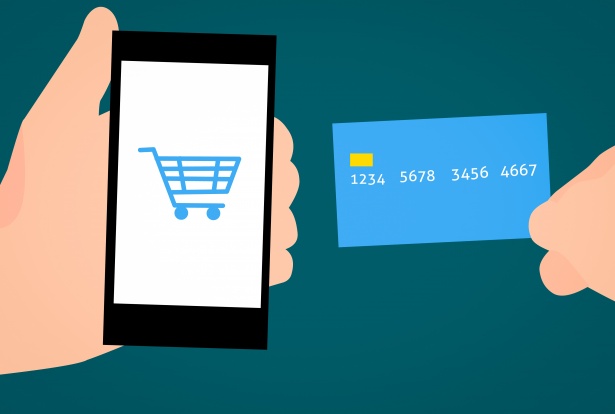In early May 2020, the Indian government removed its lockdown restriction rules for ecommerce companies. Consequently, these companies started operating in their full capacity by delivering non-essentials as well. Immediately after this ‘unlocking of the economy’ online commerce companies saw a dramatic surge in sales due to pent-up demand due to which sales recovered to around 80% of pre-COVID-19 levels in the first three weeks. This has come to light through a new report published by Unicommerce, and sent to The Tech Portal.
And despite experts’ doubts on the consistency of this surge, it has not died down in the past seven weeks, according to Unicommerce. In addition to this, the recovery rates have been higher in smaller towns because of the limited availability of products in physical stores.
The ecommerce industry is estimated to completely reach pre-lockdown order volume by the end of June. This phenomenal recovery can be attributed mainly to costumers who are adopting online shopping to protect themselves from coronavirus and maintain physical distancing. All of the ecommerce platforms including Amazon, Snapdeal, Flipkart have seen this recovery in overall sale volumes.
Drilling down further in ecommerce, Electronics hasn’t only fully recovered its pre lockdown sale volumes, but it has also shown an improvement of 45%. As most employees are working from home, requirement of electronic devices such as USB cables, extension cords, trimmers, wifi routers, Laptops etc has increased significantly. However, the average cart size has decreased by around 5-10%, because people are ordering more low-value gadgets required to operate from home.
Online fashion has also seen a recovery of 70%. With people locked down in homes and an obvious increment in requirement for comfortable home-wear, this category has emerged to be most popular among online shoppers. But here again, the average cart size has decreased by 25% as people resort to buying affordable and cheap products rather than the high-value ones. Demand for high-value products is significantly less as compared to affordable products. Moreover, Kids clothes have witnessed over 100%r recovery.
Unicommerce said that Companies with D2C presence through their own website have 25% higher recovery rate as compared to other online selling brands. In particular, companies selling electronic appliances and fashion products have seen faster growth on their D2C platform as compared to the other sectors.
Further, it is important to note that, while volumes are recovering, the value of goods has fallen down further than the pre-COVID levels.
High costing products are not doing well. People are buying lower-cost items instead of the expensive ones. This is because consumers are cutting back on their expenses. In addition to this, the people who are buying products online for the first time prefer to experiment with low-value items.
